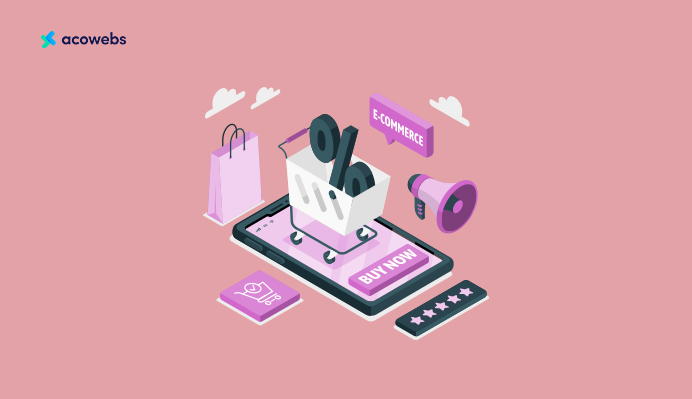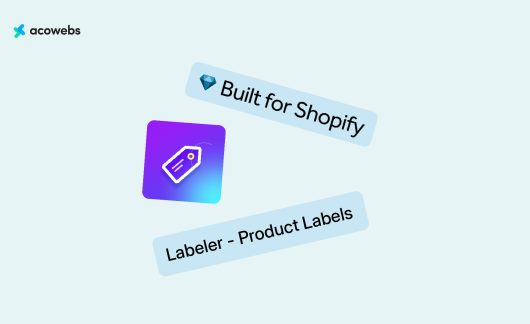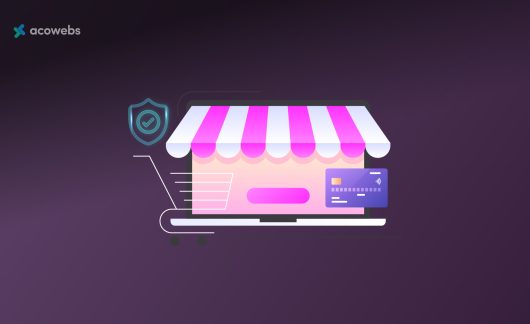An effective strategy for a new eCommerce product launch can make or ruin a new category or variety. To ensure the long-term success of both the product and the brand itself, even the most popular online retailers must tweak and improve each product launch.
The issue is that as an eCommerce firm expands, so does the workload. As a result, fine-tuning roll-out optimizations frequently takes a backseat in an overall brand strategy, with many businesses adopting a one-size-fits-all policy for new launches.
The biggest issue with this is that unsuccessful launches result in failing products and damage your brand as a whole. Globally, more and more customers are making purchases online. Global eCommerce alone increased to 21% in 2022.
Although consumers may purchase more online, this does not necessarily translate into higher profits for fashion and accessory firms. Regardless of trends, you still need to develop a plan that sets your company apart from the many rivals it faces throughout the world.
The tactics that enable brands to dominate the eCommerce market, considering the impact of e-commerce, boils down to being prepared in advance.
That may seem straightforward enough, but planning your eCommerce product launch marketing is the best method to entice customers to buy, set yourself apart from the competition, and build a strong customer base.
In this article, we will discuss top pre-launch strategies for your eCommerce product launch, but first, let us define the meaning of pre-launch strategies.
What Are Pre-Launch Strategies?
Pre-launch strategies, as the name implies, are essentially all the preparation and marketing you do before your product launch. A pre-launch marketing effort aims to create excitement among a community of potential customers about your product launch.
A variety of marketing initiatives are employed in pre-launch marketing to create anticipation and buzz for a new product or service before it goes on sale.
The idea is to generate curiosity and anticipation so that when launch day officially comes, clients will be eager to make a purchase from you.
Finally, pre-launch planning ensures that when you launch your product, you will know which marketing tactics are most likely to be successful and will also receive an initial spike in sales from your warm-up audience.
The main goal of an eCommerce product launch is to generate buzz and gain customers before your products go on sale.
There are many ways to accomplish this, but not all of them will be effective in getting enough attention or building excitement for your new company. Below are some pre-launch strategies for a successful eCommerce product launch.
Top Pre-Launch Strategies for Your eCommerce Product Launch
Waiting until your brand’s first day before launching a marketing campaign serves no purpose. A solid pre-launch plan is a must-have if you want to attract the correct customer base and have strong product sales without having to suffer through months or years of losing money.
Pre-launch marketing calls for your company to be further along than it would be when your general marketing strategy is being developed. As a pre-launch, your company or product will already have a name, set prices, and a target market.
Here are the top ten pre-launch strategies to use in order to maximize the success of your eCommerce product launch.
1. Recheck Your Website
It makes no difference how long your brand and website have existed. You will need to take a second look at your eCommerce website when launching a new product or brand.
It is crucial to ensure your users can always understand the next actions on your site. If not, it raises a serious concern. Once it has accomplished its main objective of assisting the visitor in understanding and taking action, the copy on your website can be innovative.
Less than 2 seconds should pass before your webpage loads. For an eCommerce website, a load time of under 2 seconds is ideal.
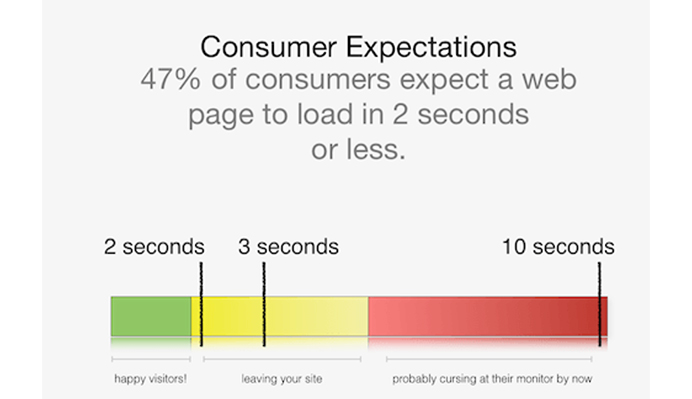
The first five seconds are the most important for conversions. Even your grandma should be able to comprehend the value proposition.
Your images and graphics must represent your company and whatever you are selling. They should be of a high standard, pertinent, and filmed so the user can immediately sense a real-time experience.
It should be simple to check out from your website. CTAs on the checkout page have to be easy for consumers to understand. Ensure the design of the page is neat and uncluttered. It should have the essential seals and badges to give the buyer more confidence.
Here is how Away displays its new flex range above the fold on its homepage.
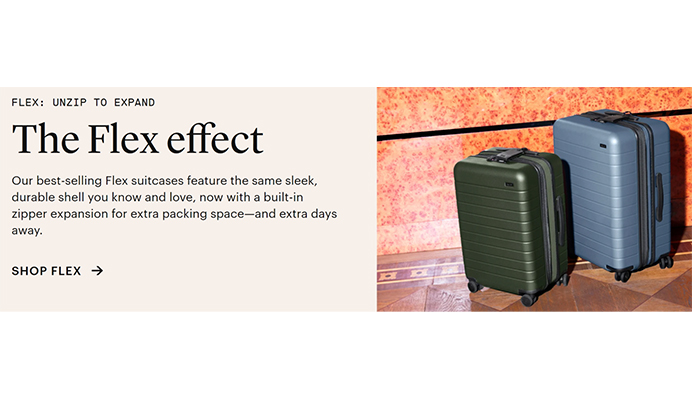
2. Gamify Your Campaign
Making consumers want to engage and take your call to action comes after you’ve built your eCommerce brand’s foundational components (website, pre-launch landing page, email funnel, accounts in marketing or advertising channels).
What is the most effective method for doing this? Make a gamified campaign with incentives that your target audience will love.
Asking customers to refer as many friends as possible to your landing page and rewarding them with special deals or discounts based on how many successful referrals they received illustrates a gamified campaign.
A sneak peek at some of the characteristics of your items can be provided to participants in guessing games, product giveaways, or social media contests. It would help if you ran sponsored advertisements to draw hundreds or thousands of visitors to your landing page.
By identifying your target market and ensuring that your commercials effectively address their need, want, or pain point, you can ensure that you get the best return on your advertising investment.
For instance, the sexual health brand Dame prompts customers to take a quiz to select the perfect item for their needs. Visitors receive their results through email when they submit their questions, making them the first to learn about new goods.
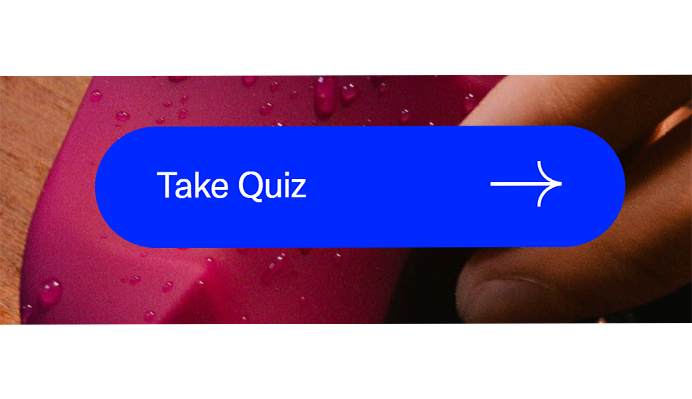
3. Post Teasers
Customers connect with different varieties of content, not just the behind-the-scenes materials. People’s interest in the products that you offer, or a specific feature or option of it they might be curious about, can be greatly increased by teasing them with information about it.
They will feel like they’re a member of an elite group that knows more than everyone else, which will delight your early admirers. Prior to the big reveal, you can display close-up product images that merely hint at a portion of it.
You could display various parts, a portion of the package, or excerpts from your planning materials. A mysterious image of an intriguing new product with the words “Coming Soon” can spark much discussion among your fans as they speculate about what it might imply.
For instance, one interior design company, Havenly, promised a new service with the tantalizing email campaign: “Next week, we’re launching something new that we know you’ll love.” Customers are intrigued by the brand’s launch despite its simplicity.
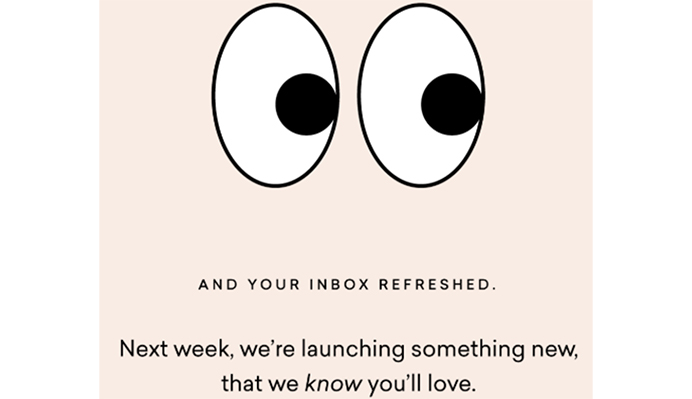
4. Build an Email List
Using an email list, you may reach out to people interested in learning more about your online business and share information, offers, promotions, ideas, inspiration, and other things with them.
When used properly, an email list and thoughtful email marketing can boost readership and engagement. Additionally, they have a remarkable return on investment, earning $36 for every dollar spent.
Make sure the wording you use to entice potential sign-ups is engaging and appealing once you have your dedicated email address and website landing page in place.
Always be clear about what they can expect from your email list and assure them of their privacy by assuring them that you won’t sell their information.
In addition, it’s wise to give an area for teases to heighten suspense. Make the subject line intriguing to entice people to click through. In fact, the subject line of an email influences 47% of people’s decision to open it.
5. Use Social Media
An excellent approach to creating buzz for your launch is through social media. In the weeks before the launch, create a hashtag and start advertising it. Use it in every social media post you make, and urge others to do the same.
This practice will contribute to the excitement and anticipation around your debut. A social media plan should be in place for all online businesses, but the platforms and methods may vary depending on the firm.
Some platforms will be more obvious depending on the type of your items, experience, and talents.
Instagram will be your natural home if your photos are excellent and your goods are stunning. YouTube can be the best option if your products seem entertaining or enjoyable. However, a guest blog post might be more suited to your storytelling skills.
Use the chance to add value rather than just “pushing” the product on people, as you should with anything you post on social media.
Providing ideas (or creative ways to use your product) that will benefit your consumers is one way to provide value. Another is modifying the product based on user feedback or experience.
6. Partner With Influencers
One of the best pre-launch strategies for developing your business online is influencer marketing. It’s when a brand is promoted by someone who has a following in a certain area.
They could be well-known on the level of celebrities or only have a small number of followers in a very niche niche. Either way, they’ll be a crucial link between you and possible new clients.
Before the product launches, you may work with an influencer to distribute captivating material about it in exchange for money (or the actual product). You can try LinkedIn email finder to search for their emails and reach out to them with personalized messages
Freebies are typically well-received, but the more popular they are, the more probable you will need to invest some marketing money in a fee.
It might be worthwhile because it’s a more genuine approach than many conventional advertising methods. According to statistics, 70% of teens trust influencers more than celebrities.
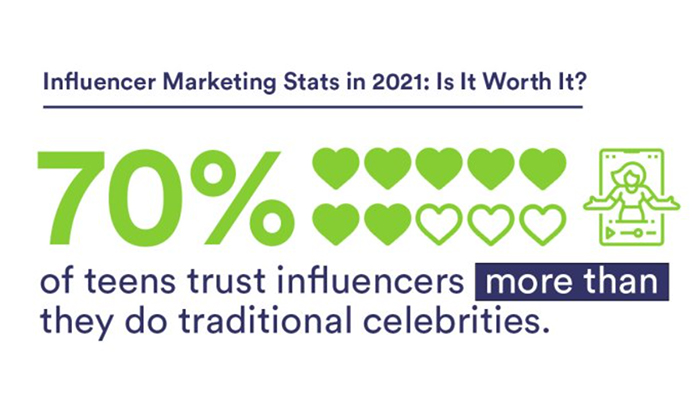
A great illustration is the Dior Forever Foundation collection. The company intended to launch its product all over the world, so it assembled a small army of international influencers to ensure that no market was left out.
Sixty-seven influencers were employed by Dior and Buttermilk to demonstrate the variety of colors available in the new Forever Foundation collection.

Making it as simple as you can for bloggers and publications to write about you will help you have a successful eCommerce product launch.
Preparing a press kit and ready-to-go is a smart idea if you want to be featured in well-known publications. Journalists can simply access this database of details about your company and products while they’re working on a story.
Press coverage will still require an angle, so what are you doing that is different? Are you building a name for yourself through unconventional business tactics or benefiting your neighborhood? Journalists adore these kinds of stories, and a press kit makes it much simpler to write useful coverage for you.
An illustration of this is the FAQ page for the beer brand Impossibrew, which also includes a series of images for press usage.
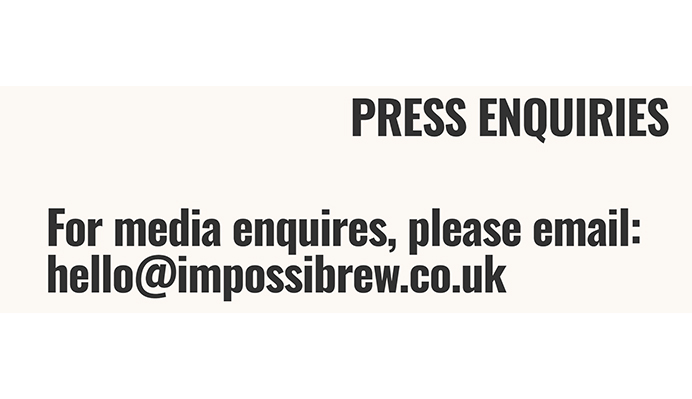
7. Create Killer Content
Who doesn’t want their name associated with great content? Clearly understanding your ideal client will help you produce engaging content. Killer content is original, memorable, simple to comprehend, and has a purpose.
Even if your audience forgets everything else, the core meaning of your content should remain in their minds.
For some brands, producing quality content is a cinch. Pre-launch marketing for the upcoming song “Too Big” was prepared by the rap supergroup Mount Westmore, which consists of Snoop Dogg, Ice Cube, E-40, and Too Short.
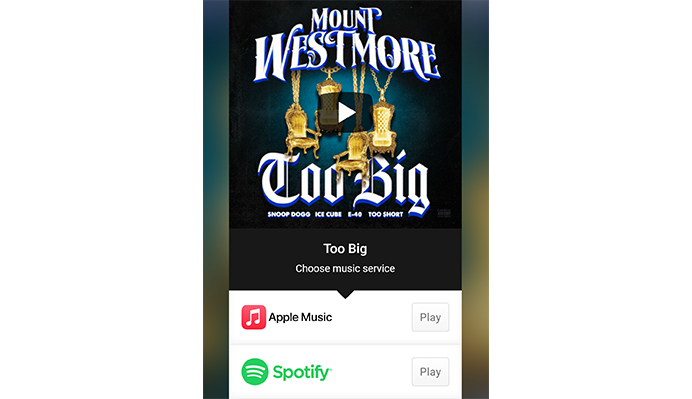
It provided a sneak preview of what was coming for current and future clients. It conveys assurance in the product and raises anticipation for the launch.
8. Hold Contests
You probably recall the first thing you ever won and perhaps even every win after that! Getting a service or an experience for nothing might be thrilling.
Over one-third of customers are more inclined to pay attention to information about your business if you conduct a competition; thus, competitions are a proven way to draw attention. If your website has a competition pop-up, make it enjoyable and simple to enter, preferably with auto-fill fields.
User-generated branded content is also encouraged by competition. Why not encourage new and long-time consumers to create material about their opinions of your company or their experiences using particular products?
For family gatherings and coloring contests for new seasons, Stewart’s Market is renowned. Kids enjoy it, and it also fosters brand loyalty! Win-win.
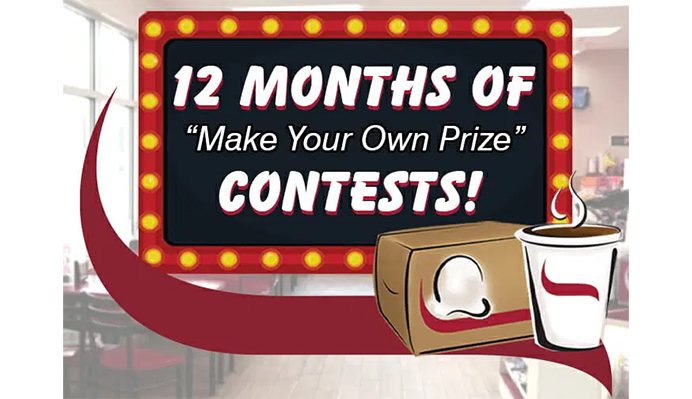
Another chance for success is how you share the competition. Facebook is the ideal medium for promoting gift contests. Its usage within your target demographic is a terrific way to spread the word about your eCommerce product launch.
9. Host a Launch Event
Openings and launches have typically entailed some physical ceremony or celebration. Virtual events are more common in the modern day, notably after Covid-19.
An opening celebration in your new venue is a terrific idea if you’re starting in a new physical location.
Giving individuals the chance to participate in a celebration, engage with, and join you in your eCommerce product launch significantly impacts your relationship with them and your sales.
But if you work in eCommerce or don’t have any other physical locations, a virtual event is the best option! One-on-one meetings, phone calls, or emails cannot produce the same sense of unity that a huge group of enthusiastic individuals in one room can.
Invite more than 50 prominent and driven friends, show them your Kickstarter video, and give a speech outlining why you need their support and what you need them to do.
Conclusion
Making your initial adopters feel special and that they have some ownership of what you’re doing will encourage them to spread your message naturally.
An efficient pre-launch marketing strategy consists of influencers, contests, killer content, teasers, and email lists (or all if you’re a true marketing beast!). It’s time to see your strategy through to launch day once you’ve decided on its composition.
By using the aforementioned pre-launch strategies, you can ensure your product does well when it finally hits the market. These tactics, however, have an impact on more than just the product at hand; they also aid in the development of your startup and encourage many clients to become devoted patrons.
It’s never too early to engage with your target market, regardless of what stage of product development you’re at. Over time, there will be enormous benefits from the above pre-launch strategies.
There are numerous strategies to create buzz for your new eCommerce product launch, regardless of the kind of goods or services your internet business offers.
Just keep in mind to concentrate your pre-launch marketing approach on your target market and get them as fired up about your offering as you are.
Acowebs are the developers of the WooCommerce Product Labels let customers include custom product labels or product badges for the WooCommerce products. WooCommerce sales badges plugin provides you with different label styles and customizations for labels. It offers a easy-to-use UI to add labels to the selected products or categories.












 Login
Login
 Cart
Cart